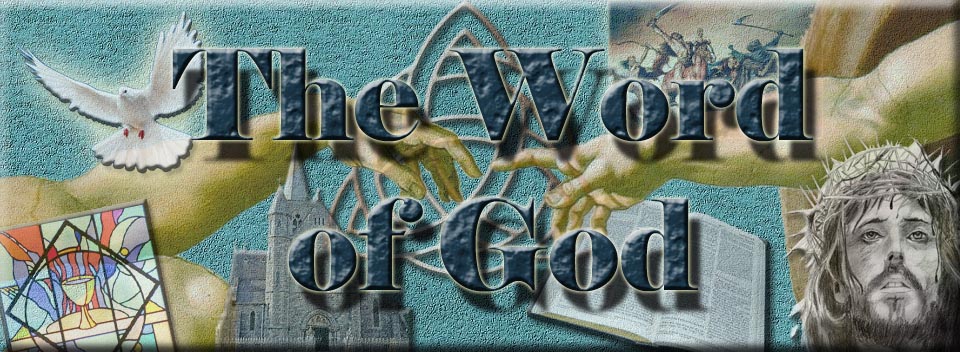- "he [Graham N. Stanton, The Fourfold Gospel, p 322] points to a
significant passage, often ignored in the literature, which shows that
Justin must have reckoned with at least four
gospels. In Dialogue 103.8 he refers to "memoirs" composed by
Jesus' apostles and by those who followed them." As noted above, this
remark corresponds to the evidence that the early church thought that
two gospels were written by apostles (Matthew and John), and two by
followers of apostles (Mark as the interpreter of Peter, as per the
Papias fragment, and Luke as the companion of Paul). Stanton also argues
that 1 Apol. 61.4 and Dial. 88.7 show that, apart from the Synoptics,
Justin also knew John's Gospel, because the former draws on John 3:3-5
and the latter on John l:19-20. (Lee Martin McDonald, James A. Sanders,
Editors: The Canon Debate; Peter Balla, Evidence for an Early Christian
Canon: Second and Third Century, p 380, 2002)
- The first author who clearly asserts that the
church has no more and no less than four authoritative gospels is
Irenaeus. (Lee Martin McDonald, James A. Sanders, Editors: The
Canon Debate; Peter Balla, Evidence for an Early Christian Canon: Second
and Third Century, p 380, 2002)
- Graham Stanton has rightly argued that it is a good method to point
to the source that is most explicit, and "to work
back from the full flowering of a concept or a development to its
earlier roots." If we find no sign of a major change in the view
of the great church reflected in the previous sources, it can be argued
that the situation clearly expressed around 180
C.E. by Irenaeus applies to earlier decades as well. Irenaeus
employs analogies from both nature and scripture (e.g., the four winds
and the four-faced cherubim of Ezek l; Haer. 3.11.8) to show that the
church has to have no more and no less than four gospels.
Additionally, "he reckons to `scripture' . . .
Acts and the thirteen letters of Paul. 1 Peter and the two Johannine
letters (l and 2) are appraised like the Pauline letters, while James
and Hebrews are probably not so highly esteemed" (see, e.g., Haer.
l.9.4; 2.26.l-2; 3.l.1). (Lee Martin McDonald, James A. Sanders,
Editors: The Canon Debate; Peter Balla, Evidence for an Early Christian
Canon: Second and Third Century, p 380, 2002)
|
Notes:
We take the view that all 15 letters of Ignatius are forgeries
written about 250 AD. They are important, only in that they document 250
AD. If you look at the books Ignatius quoted from, only Hebrews is of
any value because it was one of the disputed books. Otherwise, Ignatius
is an insignificant witness in the Canon discussion.
Regarding the date of the Muratorian Fragment: The majority of
conservative scholars still believe the evidence best supports the date
of 175 AD.
Bibliography:
The Canon of the New Testament: Its Origin, Development, and
Significance, Bruce Metzger, 1987
New Testament Apocrypha, 6th edition. 2 Vols. Wilhelm Schneemelcher,
1989
A General Survey of the History of the Canon of the New Testament,
B.F. Westcott, 1855
General Introduction to the Bible, Norman Geisler and William Nix,
1986
Developed by By
Steve
Rudd of Bible.ca |


 Home
Home What's New
What's New Bible
Bible Photos
Photos Hiking
Hiking E-Books
E-Books Genealogy
Genealogy Profile
Free Plug-ins You May Need
Profile
Free Plug-ins You May Need
 Get Java
Get Java.png) Get Flash
Get Flash Get 7-Zip
Get 7-Zip Get Acrobat Reader
Get Acrobat Reader Get TheWORD
Get TheWORD